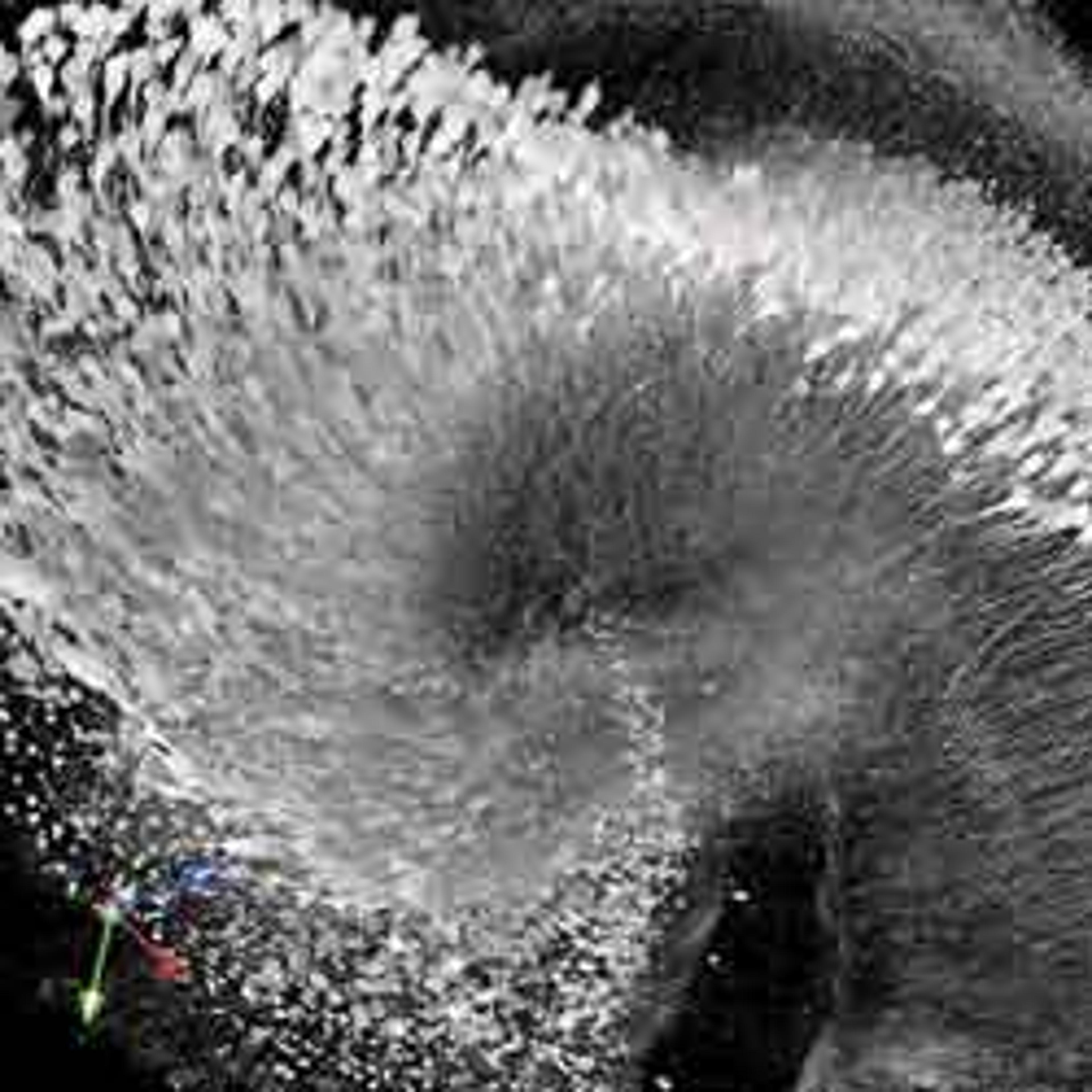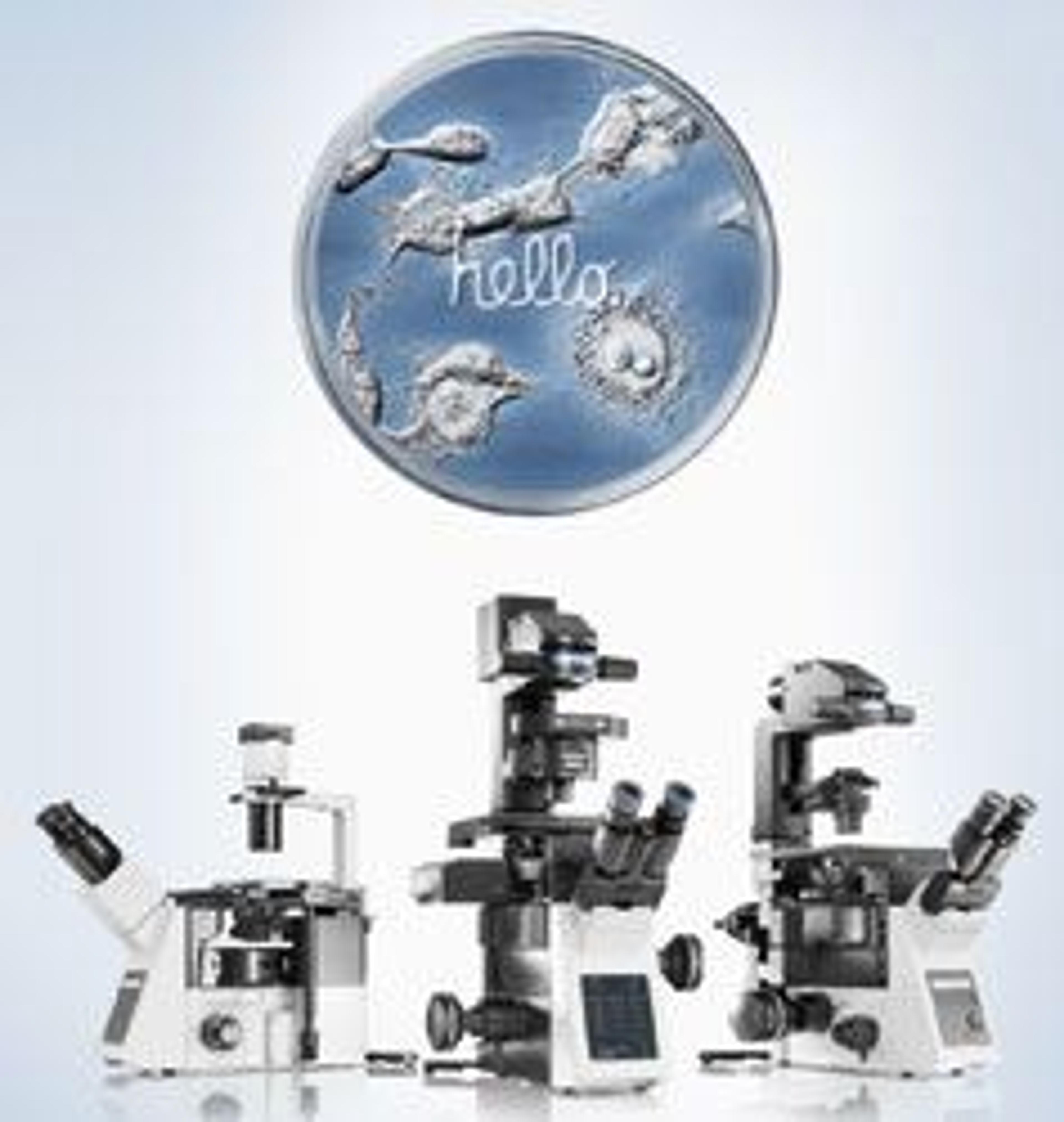Digital imaging basics for optical microscopy
Join us on Tuesday, December 8, for this masterclass on understanding the link between biology and digital image data
4 Dec 2020

In this SelectScience webinar, we present the basics of microscopy imaging with a digital camera to educate users on how to improve both their image and data quality.
Using examples in widefield fluorescence imaging, Takeo Ogama, Olympus Corporation of the Americas, will cover the link between the biology and observed digital image data, the factor effects on signal intensity, causes of background noise and how to minimize them, trade-off factors that make an impact on image and data quality, and best practices for image acquisition.
Register hereKey learning objectives
- Basics of microscopy digital image acquisition
- Understanding the link between biology and digital image data
- How to achieve optimal signal-to-noise ratio while maximizing the signal, minimizing the background, and keeping the sample healthy
- Best practices for fluorescence image acquisition
Who should attend?
Biologists who use an optical microscope with a camera for fluorescence imaging.
Certificate of attendance
All webinar participants can request a certificate of attendance, including a learning outcomes summary for continuing education purposes.
This webinar will run on Tuesday, December 8, at:
- 16:00 GMT
- 17:00 CET
- 08:00 PST
- 11:00 EST
Register for this webinar here>>
SelectScience runs more than 10 webinars a month across various scientific topics, discover more of our webinars here>>


